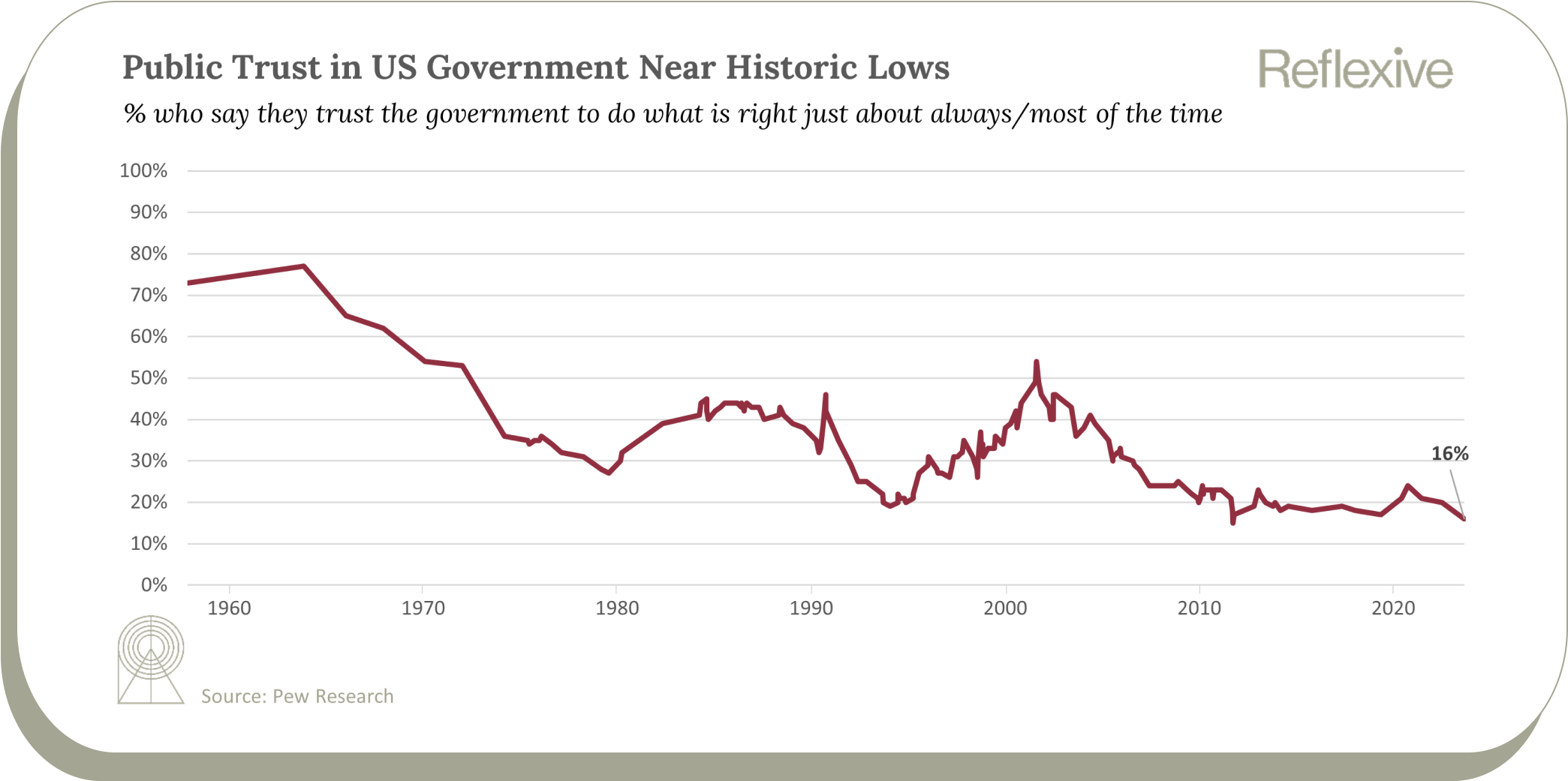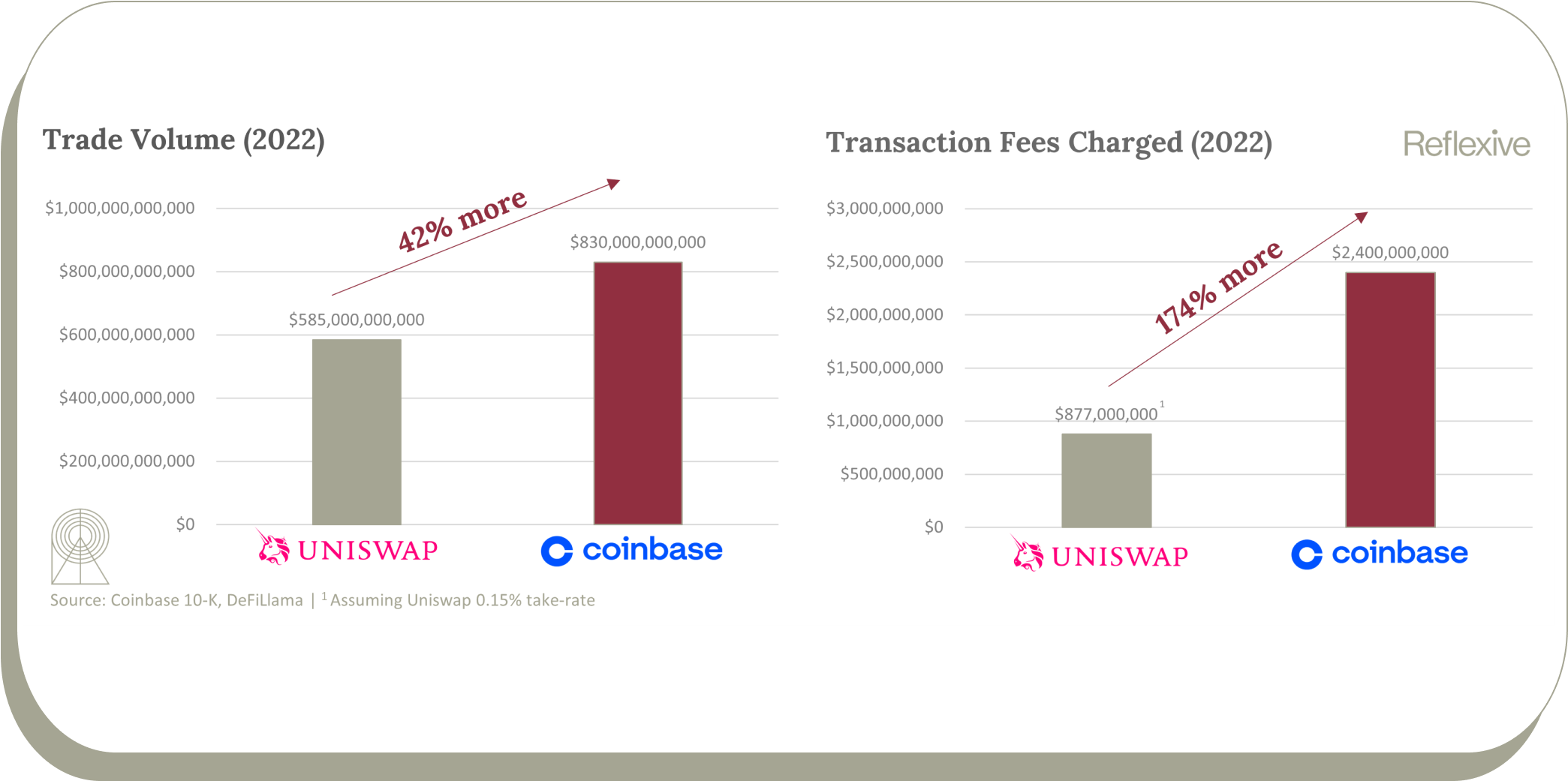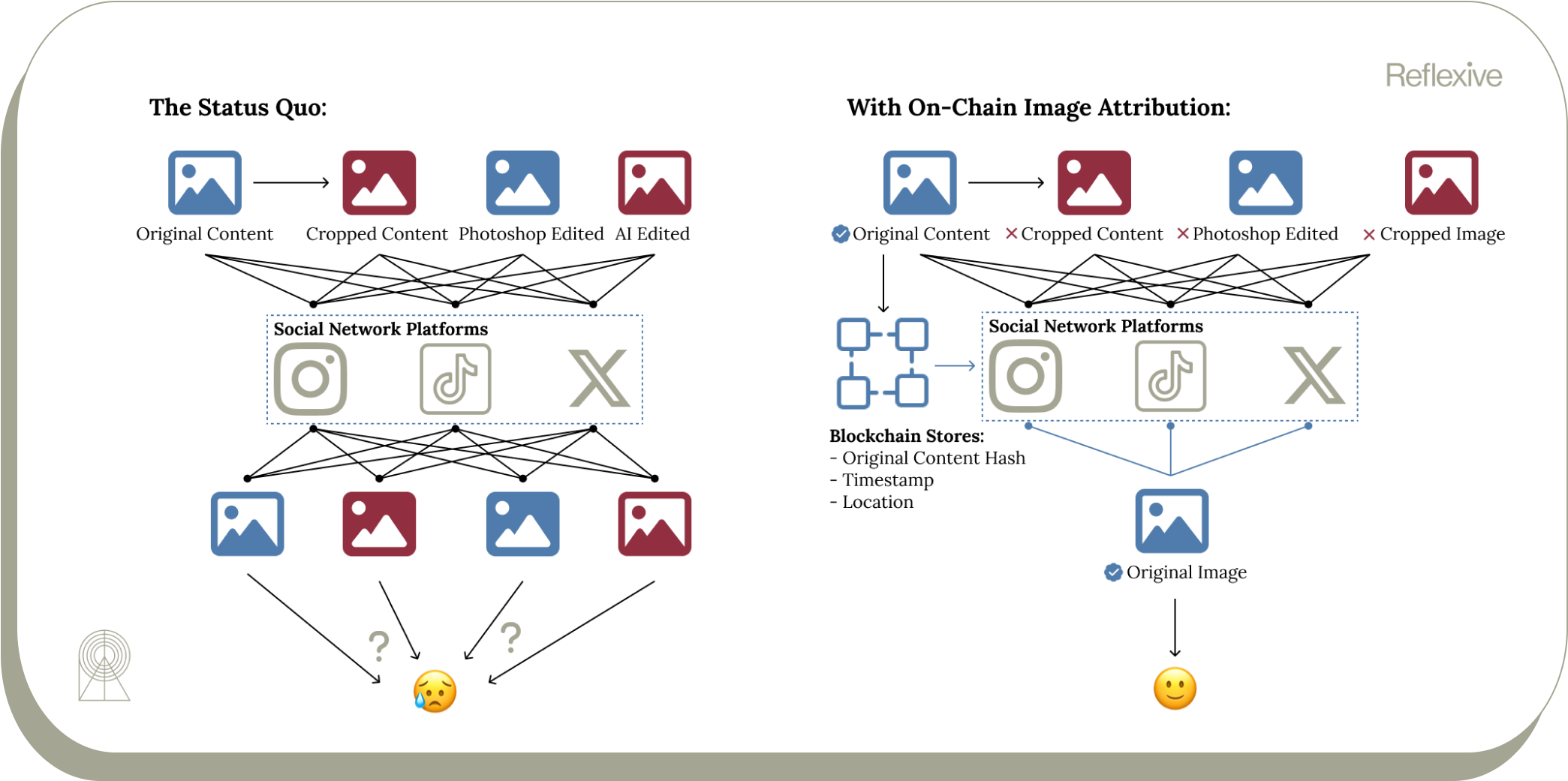Beyond the Casino
A framework for the problems crypto can solve
Azhar Hussain, Sunny Parikh
By this point, the word “crypto” comes with many connotations – and most are not positive. An impartial observer watching its spectacular rise and fall would be hard-pressed to answer what blockchain does to improve their or others' lives. Sure, a few breakthrough use cases have appeared around stablecoin payments and speculative games - however, the average consumer is still skeptical post-FTX/Luna/Three Arrows and amidst ongoing SEC investigations. When asking ourselves what went wrong, it’s hard to ignore the casino…
Digital tokens are the foundation of crypto. The desire for profits/price appreciation are what guarantee network participants behave properly, but it also means that tokens are inherently financialized. This can be a tempting distraction. In an environment where speculative value can be created seemingly out of thin air and exited quickly, the allure of building fundamentally sound businesses that serve millions of people loses some of its luster. Over the last few years, this has led to a lack of focus on real use cases and sustainable value creation, with investors and speculators gravitating to ventures that resembled past successes. It is no wonder that crypto has caught the ire of regulators and compliance personnel who see it as unchecked capitalism.
Still, we believe crypto’s true calling hasn’t yet been realized - as a technical solution for the coordination of trust. Companies do not appear from the ether; they are born from the intersection of a pain point and a willingness to pay for a superior alternative solution. As such, blockchain-based businesses win by addressing core pain points they are specifically suited to solve in a way traditional web2 companies cannot. Web2 competitors can similarly reduce transaction costs through digitization or allow interoperability via APIs, but the novel value proposition for crypto is an alternative cooperation mechanic and the elimination of trust to operate it.
The Trust Tax (you pay it more than you think)
Trust is an interesting word, globally and in the United States. Doubts in elections, news media, and storied institutions all point to a society craving trust now more than ever.

This is not confined to politics - social media, technology, and data companies among others are all facing a more scrutinizing consumer. But how can blockchain address these problems? Web2’s core innovation lay in a new “Communication Rail” that:
- Significantly reduced the cost of communication and access to information
- Enabled new use-cases built on digital communication
Companies like Airbnb, Amazon, and Uber were born from these innovations. But if we examine these products, we find that the technology behind them to be relatively simple. It’s not the product itself that holds value but rather the implicit trust in the system and controlling entity that builds network effects. Guaranteed returns in case of a defective product, verified reviews from real customers, and safe checkout is Amazon’s actual value prop. Similarly, Uber’s rating system, their driver verification, and in-ride safety monitoring system are what give riders the confidence to get in the cars of otherwise strangers. And for the coordination of trust, these entities extract a tax. We call this the “trust tax” - the rent an intermediary can charge for being the trusted counterparty. Take for example the ~50% all-in commission to Amazon or the 25% cut that Uber takes, all costs that are ultimately passed on to consumers.

Throughout human history we have paid trust taxes, whether it be to governments, merchants, brokers, or companies. However, the rise of the internet has also propelled these businesses to become the largest intermediators in the history of humanity. While we may marvel at the populations of China and India, Meta alone operates four separate applications with more monthly “citizens” than the population of either country. Similarly, Amazon has over 310mm customers worldwide. Economic zones are getting larger, and the intermediaries that facilitate them are able to extract more in taxes than ever before.
Could there be a better way?
With this backdrop enters blockchain, a technical solution to the coordination and trust-enforcement that we’ve historically relied on third-parties to maintain. Similar to web2’s communication rail, we believe that successful web3 businesses will leverage this trust rail to either:
- Reduce the “Trust Tax” paid to third-party intermediaries for performing a service
- Enable new use cases for parties to coordinate without a trusted intermediary
What do we mean by each of these? For (1), marketplaces create tremendous value connecting participants, resulting in some of the most compelling internet businesses. However, users are forced to pay intermediators (UpWork, Airbnb, Instagram Ads) a tax to connect which is often onerous, especially given the minimal involvement they have in providing the actual service. With a blockchain-based solution, users on both sides of the market can feel safe to use the platform as good behavior is enforced on-chain. They also participate in the savings from a reduced cost of operating the system without human intervention.
Solutions like this have already appeared in the form of on-chain exchanges. Take Uniswap for example and how it compares to an off-chain competitor, Coinbase. Coinbase transacted $830bn worth of trading volume in 2022 meanwhile Uniswap transacted 70% of that, $585bn. Assuming Uniswap’s current fee of 0.15%, the company would be expected to earn ~$877mn from trading fees (note - Uniswap did not charge a fee until Oct. 17th, 2023). Meanwhile, Coinbase generated $2.4bn in trading fees, implying a take rate of nearly double - 0.29%.

Sure, this may fall short of the 10x improvement that technology strives for but financial trading markets have had decades to price compress, with certain expectations for fee rates and a fierce competition for volume. How about markets with less competition and maturity? Meanwhile, Coinbase has ~30x the number of employees as Uni. In short, take it as an experiment to show that scale and cost saving are possible while enforcing order with code.
Coinbase’s higher operating expenses partially come from a need to meet compliance requirements and the resulting costs in licenses, bookkeeping/audits, and worker hours. These systems, in conjunction with oversight from a regulatory body, exist to enforce trust and ensure legal behavior. By enforcing actions with code on-chain, the Uniswap model makes that task easier for both in-house and external compliance teams. Regulators can feel more comfortable that an exchange is conducting business in a fair manner while ensuring all customer funds and transactions are transparently tracked.
On the other hand, use case (2) focuses on net-new businesses that allow coordination of parties who do not have an intermediary today. Given the radically lower cost of enforcing cooperation on-chain, novel ways to coordinate emerge such as data exchanges, verifiable attribution networks, credential networks, and more. Lowering the cost of trust should lead to an expansion of what is possible with technology, allowing the servicing of specific markets that may have previously been cost-prohibitive.
The world is in dire need of these types of solutions, especially now. As conflicts emerge across the globe, more information than ever floods social media feeds. Add in the confusion of AI generated images and many are left wondering who to believe or how to discern fact from fiction. Without a shared set of truth, how do people agree on reality? How can people coexist or be held liable? In the past, people would place their trust in news organizations, however, even these entities are not immune to the challenges of an information-saturated age or the claim of bias.
To address this, imagine a camera app which automatically tags any photo taken with time, location, and image hash. Storing it on-chain guarantees that the image remains unedited and verifiable. Any subsequent use of this media could then be reliably traced back to its original source, similar to how X shows community notes below a tweet. This has always been the purpose of technology - to assist humans when ability falls short.

Chase problems, not narratives
With this guiding framework, we ask the question again: which problems are best addressed by this unique trust rail? We find a variety of applications across the financial and non-financial world: payments and remittances, tokenized assets, stablecoins, retail and eCommerce, identity and credentialing, IP rights management, and data ownership. A move to this paradigm will take time, and naturally some solutions will come before others. Uber wasn’t the reason to buy an iPhone nor was YouTube the demand driver for broadband internet, yet both needed adequate adoption of these technologies to become viable. Finding these initial wedge pain points will require understanding traditional business models, an empathy for prioritized challenges, and the ability to distribute the product with aligned incentives. It will be hard, but has it ever been easy to walk out of the casino?

